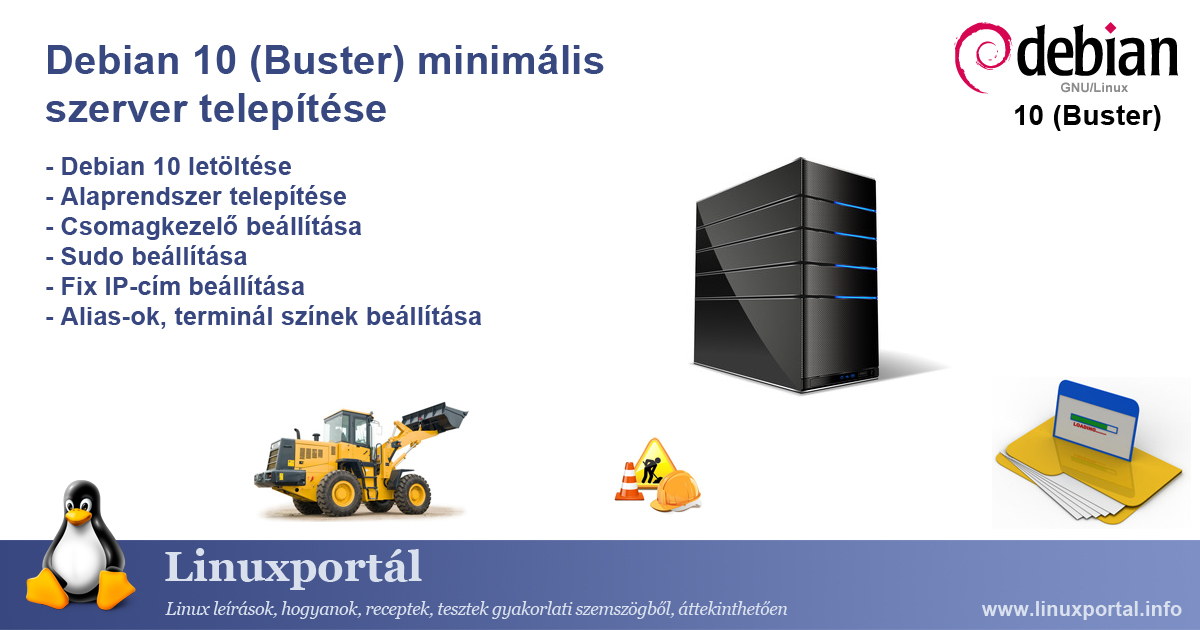A Debian 10 (Buster) 2019. released on July 6, which again has many new features compared to its predecessor. In this article, I summarize what's new and changed from Debian's 10 (Buster) Linux operating system over its predecessor.
Installing Debian 10 (Buster) Minimum Server (page 2)
In this tutorial we will install a minimum Debian 10 (Buster) server, which consists of the Debian 10 base system and some basic configuration. This installation will be the basis for later LAMP and perfect server tutorials. On this page, we complete the remaining steps of the installer and make the following settings: Upgrade APT, sudo, fixed IP address and nano configuration.




